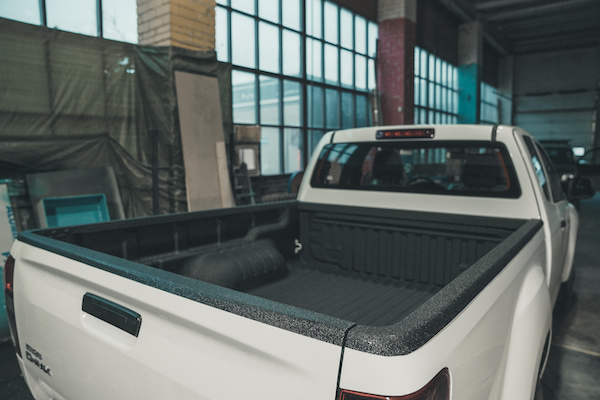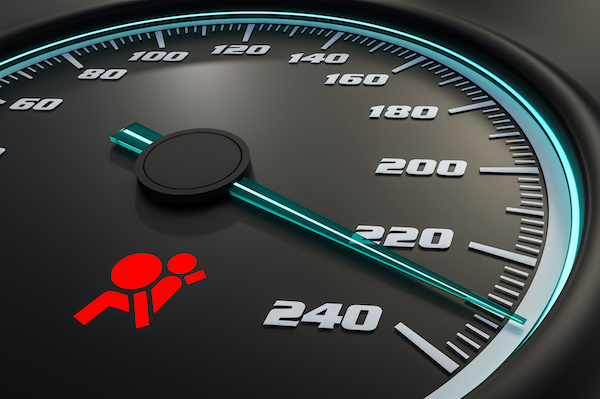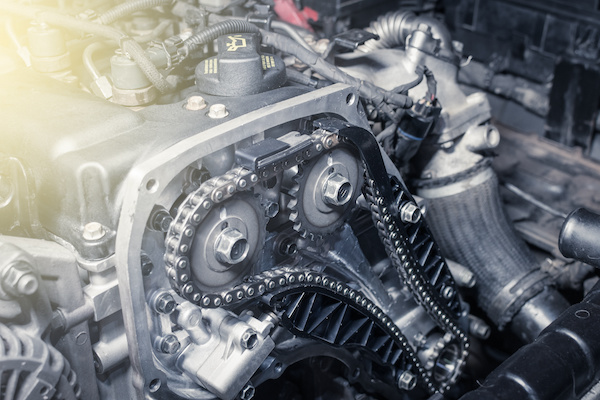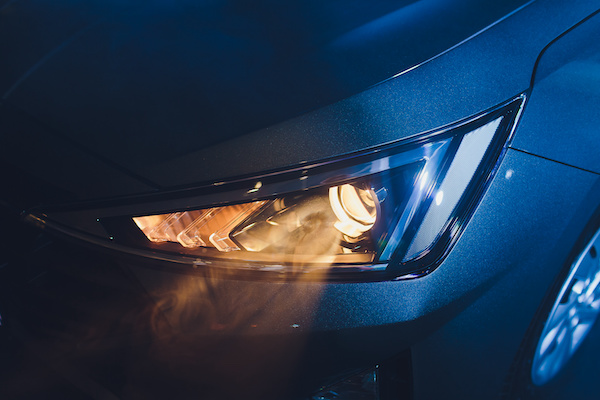Posted on 5/30/2023

If you often load up your truck, you probably want to ensure that your truck bed remains in pristine condition. The truck bed is a significant part of your vehicle, and most people want it to withstand the test of time and the rigors of demanding lifestyles. That's where spray-in bed liners come into play. The world of spray-in bed liners is worth investing in, as this add-on can be a major game-changer for truck owners like you. Spray-in bed liners offer an unrivaled level of protection for your truck bed. They are durable coatings that create a robust barrier against scratches, dings, and corrosion caused by various materials, including gravel, tools, and chemicals. Unlike drop-in bed liners, which may shift or allow debris to accumulate underneath, spray-in bed liners adhere directly to the bed, forming seamless and long-lasting protection. Each truck is unique, and spray-in bed liners can be customized to fit your s ... read more
Posted on 4/26/2023

When you start your car, the airbag light on the dashboard should turn on briefly and then turn off. If it stays on, it can indicate an issue with your car's airbag system. Your car's airbag system is critical to your safety, and if it's not functioning correctly, it could put you at risk in the event of an accident. In this article, we'll explore some common reasons why your airbag light might be on. 1. Faulty airbag module The airbag module is the brain of the airbag system, and it's responsible for detecting any issues and deploying the airbags when necessary. If the module is malfunctioning, it can trigger the airbag light to turn on. This issue requires a professional to diagnose and replace the module. 2. Damaged airbag clock spring The airbag clock spring is an essential component of the airbag system. It's responsible for transferring electrical signals to the airbag module and deploying the airbag when necessary. If t ... read more
Posted on 3/30/2023

When it comes to your engine's performance, the timing belt or chain is one of the critical components. These components are responsible for synchronizing the engine's camshaft and crankshaft movements, ensuring that the valves and pistons work together seamlessly. Even though they are made to last for a long time, they certainly don't last forever. If the timing belt or chain fails, it can cause consequential damage to your engine. Vehicles typically have one or the other. It's crucial that drivers understand the differences between them and know which one they have in their vehicle. Timing Belt A timing belt is a rubber belt that connects the engine's camshaft and crankshaft. The belt has teeth that correspond to the teeth on the engine's gears, which ensures exact timing between the engine's components. Timing belts are typically made of high-quality rubber with reinforced fibers, making them durable. One significant advantage of a timing belt is that ... read more
Posted on 2/28/2023

Have you ever driven at night and suddenly realized that your headlights were out? It's not only dangerous but also illegal to drive with non-functioning headlights. Here are some common reasons why your headlights may be out and what you can do to fix them. Burnt-out Bulbs The most common reason for headlight failure is a burnt-out bulb. Headlight bulbs have a limited lifespan, and they eventually burn out, just like any other lightbulb. Fortunately, replacing a headlight bulb is relatively easy and inexpensive. Check your owner's manual to find the correct type of light bulb and how to replace it. Bad Wiring A wiring issue can also cause your headlights to fail. Worn, frayed, or corroded wires can prevent the electrical current from reaching the headlights. If you suspect that your wiring is the issue, take your vehicle to a trusted mechanic at Rev Limit Auto Center. We can figure out the problem and fix it. Faulty Headlight Switch A faulty headlight switch can cause t ... read more
Posted on 1/30/2023
.jpeg)
What Does the Power Steering System Warning Light Mean? The power steering system warning light means that your car is having a problem with the power steering system. Surely, it has happened to you that you have been driving when suddenly the warning light of the power steering system comes on. This light can have an exclamation point or a steering wheel shape and be red or yellow depending on the type of your car. This means there is a problem with the power steering system that you need to resolve, and once it's done, the light will go away. If this problem happens to you when you are driving, you should find a place to park and stop driving. It is not recommended to continue driving like this. You have to fix that. Depending on the type of car you have, power steering systems can be of the following types: Hydraulic Power Assisted Steering System: If failures occur, when the correct fluid is added, the light will go off. This will be a temporary solution. Keep in mind that t ... read more